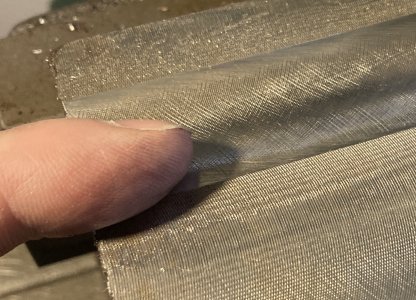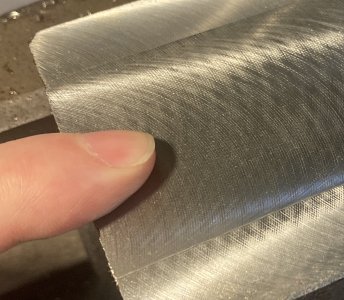Xyphota
Ultra Member
I made a fly-cutter. It seems fly-cutters are generally considered dust-collectors because of face mills, and I do plan on purchasing a 2-3" face mill. I figured if I was going to make a fly-cutter, why not potentially give it some utility over a face mill and make it extra large? I think I can sweep about 6" with this.
I tackled the project without a drawing and sort of just made it up as I went. The left-handedness was totally planned from the beginning and definitely not an accident.
I tackled the project without a drawing and sort of just made it up as I went. The left-handedness was totally planned from the beginning and definitely not an accident.


